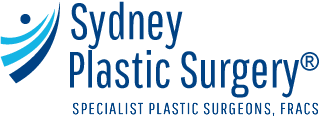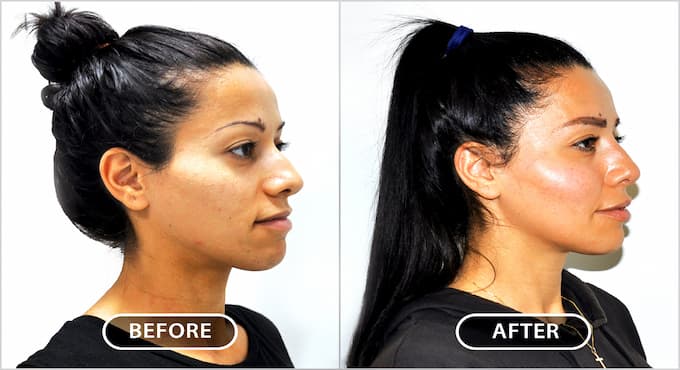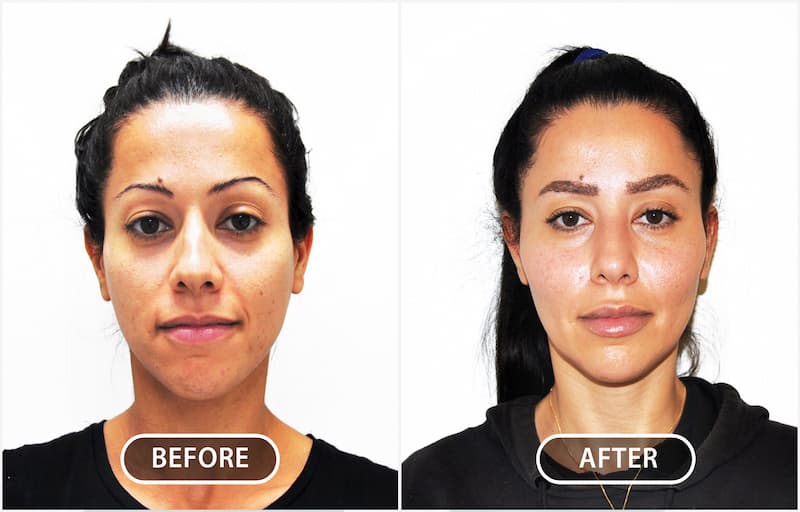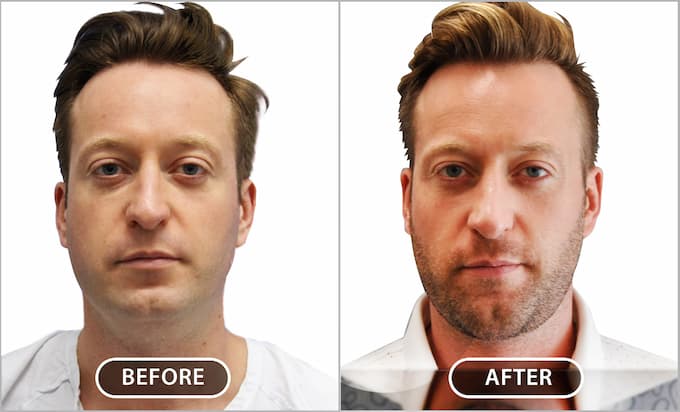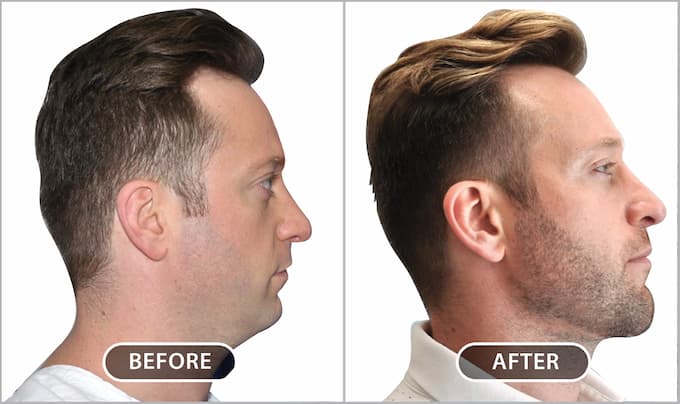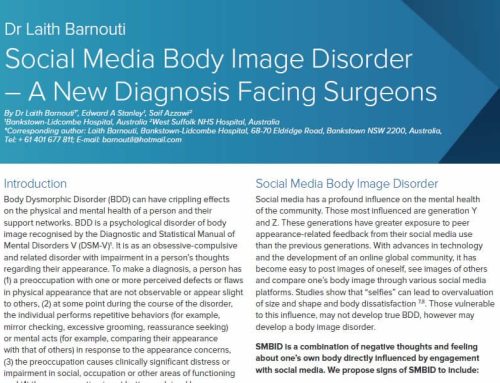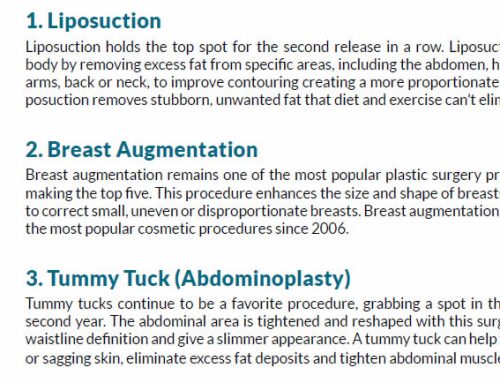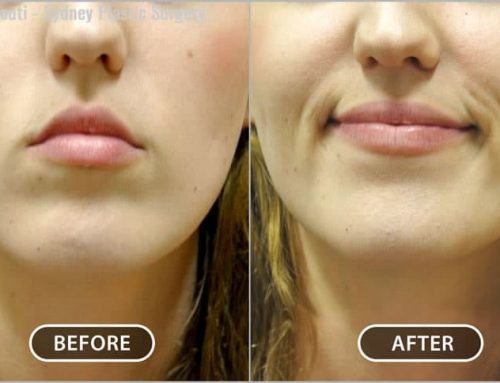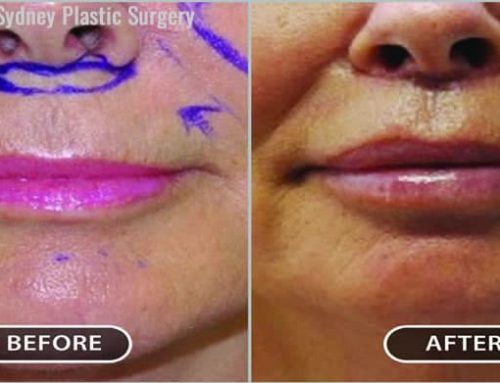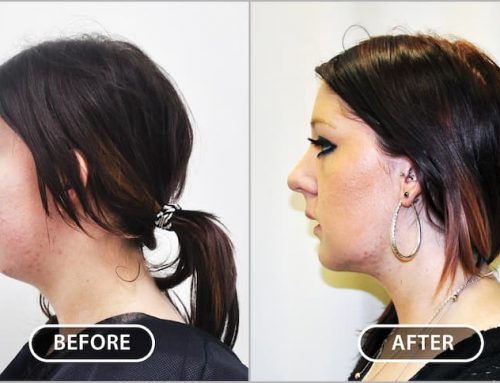This patient had cheek augmentation surgery.
Understanding facial aesthetics is vitally important in producing a natural outcome.
There are two options for Cheek Augmentation (enhancement):
• Soft touch treatment – injectable fillers, hyaluronic acid and/or collagen is injected with a fine needle. This procedure can be performed in the office with or without the use of a local anaesthetic. It offers instant results that last for about six months. Certain new fillers can have an effect that lasts for up to 18 months. As the effects start to wear off, a top-up injection will be required. I recommend a treatment every three-to-six months for the first year, and then repeat the treatment every six-to-nine months for a year, then once yearly or as needed. This treatment is provided on the day of consultation in the office and may require a local anaesthetic.
• Surgical procedure – By using either the patient’s own fatty tissue (biological) or an implant (synthetic), a long-lasting refinement to the areas of the mid-face can be accomplished. This procedure is normally done under general anaesthesia. It takes about 60 minutes and creates a permanent result. For cheek augmentation, using the patient’s own fatty tissue, there will be no scar on the face. If implant surgery is chosen, the scar will be 3.5 cm long inside the mouth, with no external scar. The sutures are dissolvable and do not need removal. I recommend fat injections as the gold standard.
Cheek augmentation is often done in conjunction with eyelid fat injection. Fat fillers to the cheek and lower eyelid can restore fullness, soften wrinkles and crow’s feet, reduce pore size and lighten lower eyelid darkness. Cheek augmentation with fat grafting produces natural and attractive results which are in proportion to facial aesthetics. This is frequently requested by people who desire more angular and higher cheeks, as well as for people with fat atrophy related to ageing and to minimise the appearance of acne scars. This technique is also useful for concealing obvious silicone implants, minimising the appearance of bulging eyes, as well as correcting facial lipodystrophy and congenital deformities.
This blog post is an excerpt from Dr Barnouti’s book “Your Guide To Modern Plastic Surgery: How To Enhance Your Natural Beauty And Avoid A Plastic Surgery Disaster” which is available now on Amazon.
This patient presented requesting rhinoplasty. He was advised that his main issues were lack of volume in the mid-face and chin area, and excess neck fat. I recommended fat injections to augment his cheek and chin area, which I performed together with neck liposuction. The surgery produced harmonious facial features. A rhinoplasty procedure would have been the wrong choice.
In the after photo, notice the well-defined jaw line and the chin projection.
